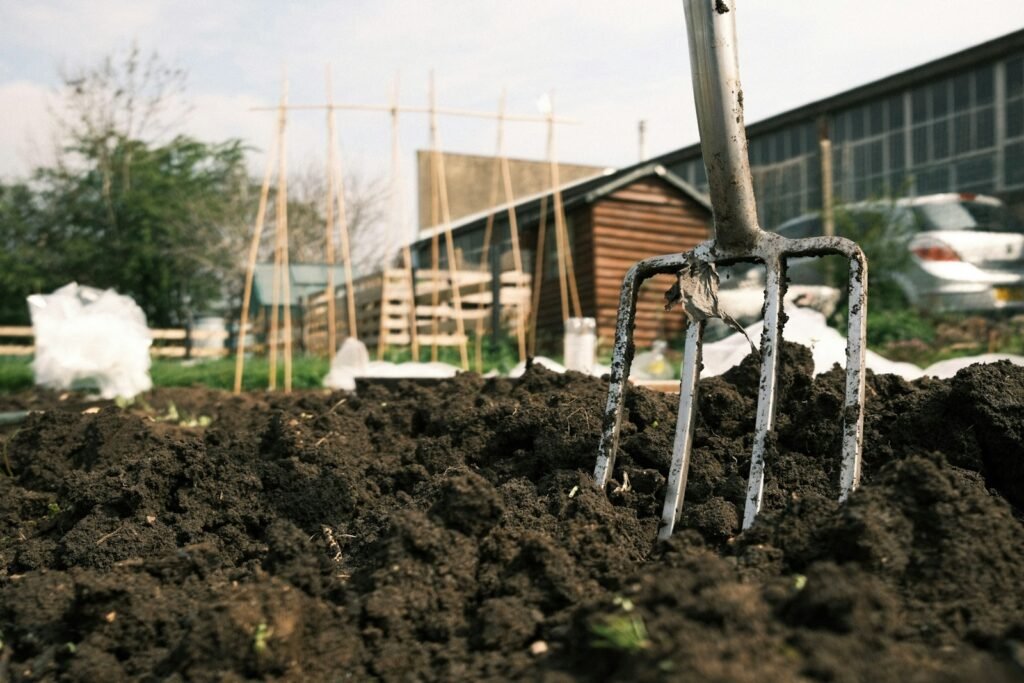Imagine stepping into a world where the ground beneath you looks like something from another planet. This is the Burren, a mesmerizing landscape in Ireland, famed for its unique karst formations. At first glance, its jagged limestone pavements and strange rock formations seem barren and lifeless. Yet, this alien landscape is a bustling hub of life and history, holding secrets of ancient fossils and unique ecosystems. How can such a seemingly inhospitable place support such diversity? Let’s embark on a journey to uncover the mysteries of the Burren and see how these karst formations shape life and fossils in this extraordinary region.
The Birth of a Karst Landscape

The Burren’s landscape is a testament to the power of nature over millions of years. It was formed from limestone, a sedimentary rock that originated from the compressed remains of marine creatures. Over time, rainwater, slightly acidic due to carbon dioxide, seeped into the ground, dissolving the limestone and creating the characteristic karst formations we see today. These include vast pavements, deep crevices, and underground caves. This process, known as chemical weathering, is slow but relentless, carving out a landscape that appears both ancient and otherworldly.
An Unlikely Haven for Biodiversity
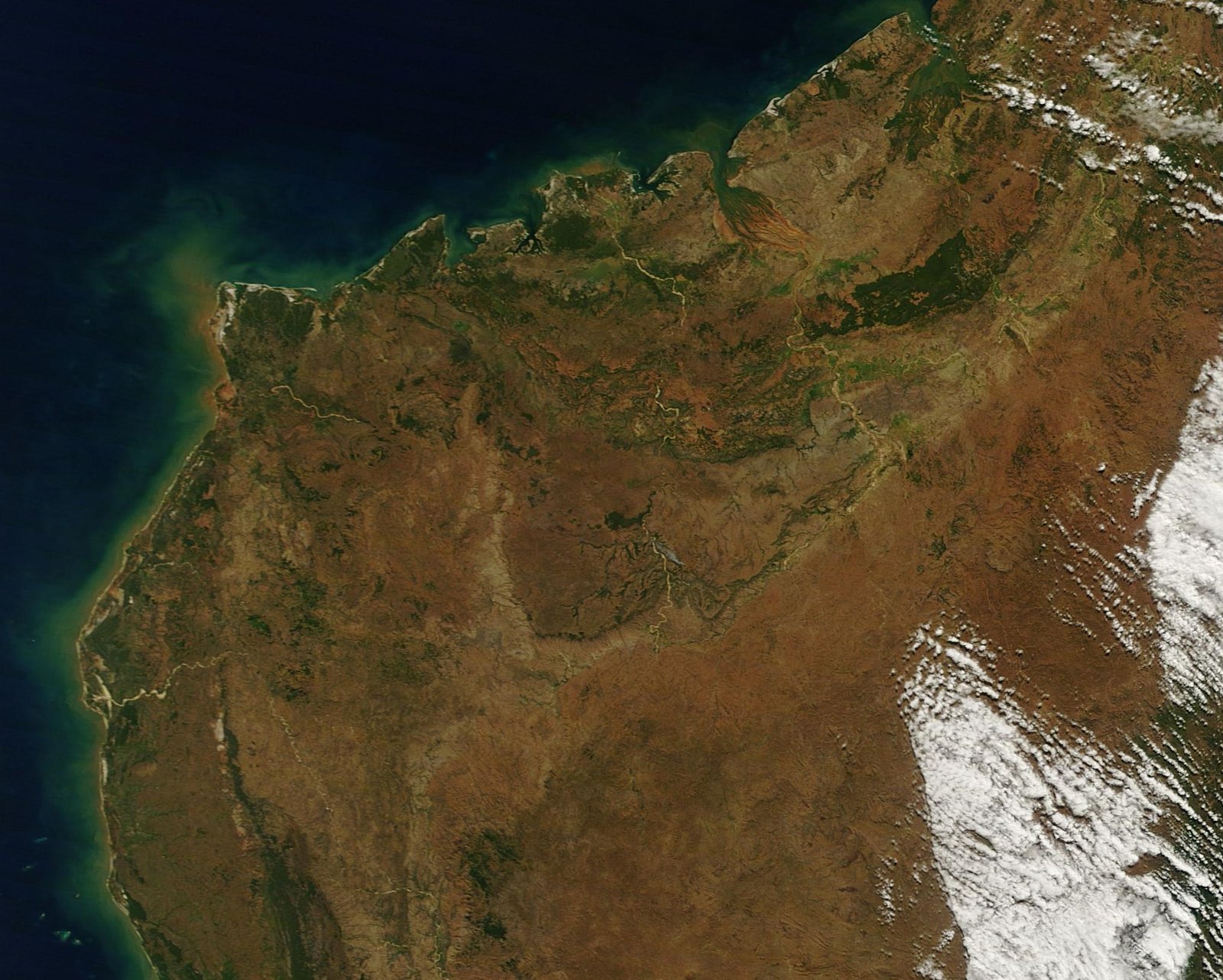
Despite its rocky appearance, the Burren is a haven for biodiversity. It supports an astonishing variety of plant species, some of which are rare and found nowhere else in Ireland. The secret lies in the microclimates created by the karst formations. The cracks and crevices in the limestone provide shelter and warmth, allowing plants to thrive even in harsh conditions. This unique environment supports a mix of arctic, Mediterranean, and alpine plants, creating an unexpected tapestry of life that defies the inhospitable appearance of the landscape.
Fossils: Time Capsules in Stone
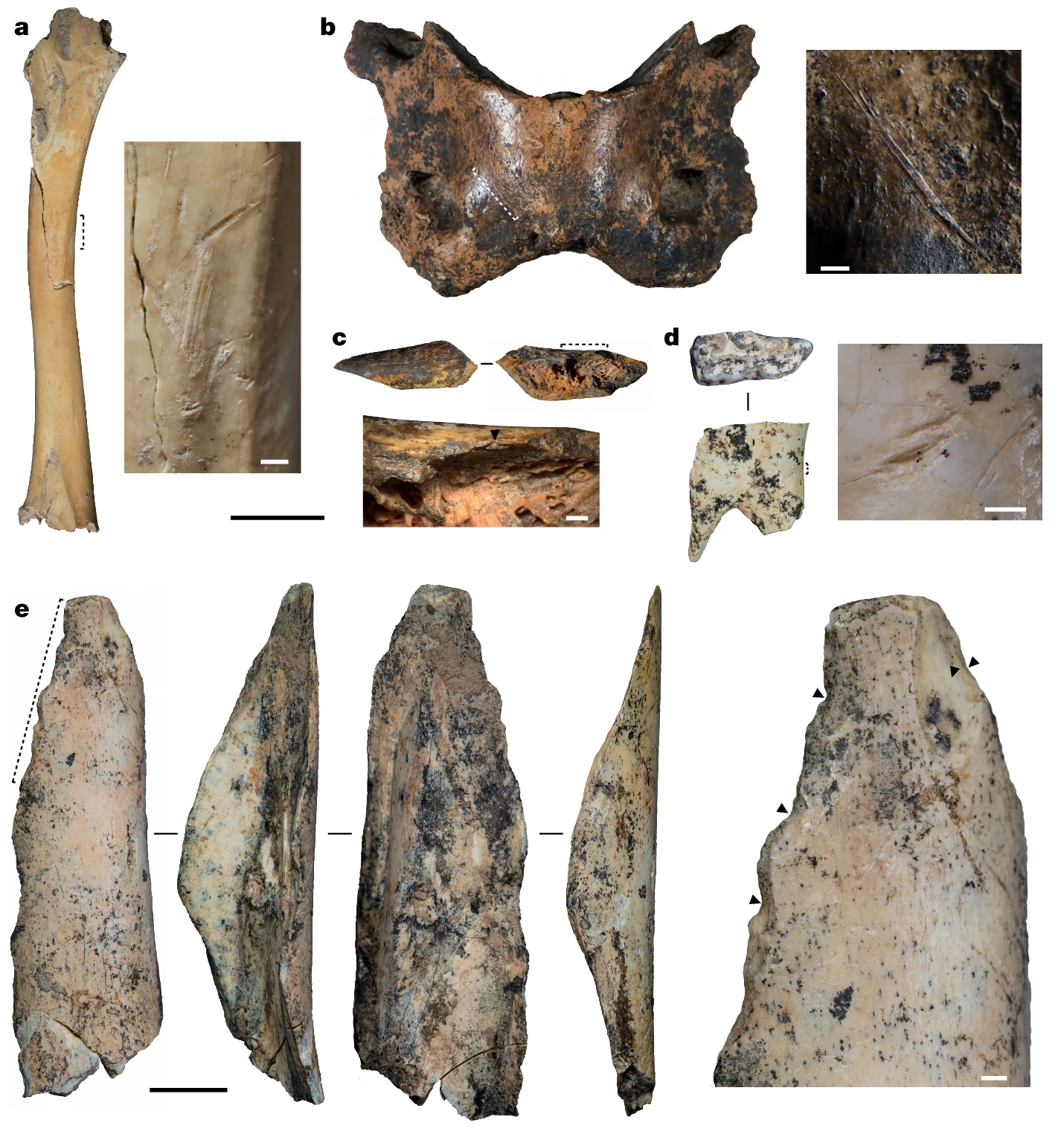
Embedded within the limestone of the Burren are fossils, the remnants of ancient sea creatures that once inhabited this area. These fossils are like time capsules, offering a glimpse into the distant past when the region was submerged under a tropical sea. Ammonites, corals, and brachiopods are just a few of the fossils that can be found here, each telling a story of a world long gone. The preservation of these fossils is largely due to the karst processes that have protected them over millennia, making the Burren a treasure trove for paleontologists and fossil enthusiasts alike.
The Role of Water in Shaping the Landscape

Water is a crucial player in the formation of the Burren’s karst landscape. The constant flow of water through the limestone has created a network of underground rivers and caves. These hidden waterways are not only fascinating geological features but also vital ecosystems. They support unique aquatic life, some of which are adapted to live in complete darkness. The movement of water continues to shape the landscape, ensuring that the Burren remains a dynamic and ever-evolving environment.
Human Interaction with the Burren
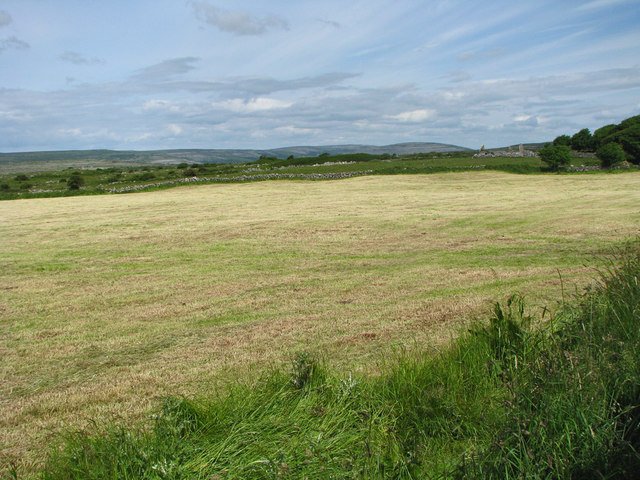
For centuries, humans have interacted with the Burren, drawn by its unique resources. The landscape’s limestone has been used for building and agriculture, while its rich biodiversity has supported traditional farming practices. However, human activity also poses a threat to this delicate ecosystem. Conservation efforts are crucial to preserving the Burren’s natural and cultural heritage, ensuring that future generations can continue to marvel at its wonders.
The Burren’s Role in Climate Studies
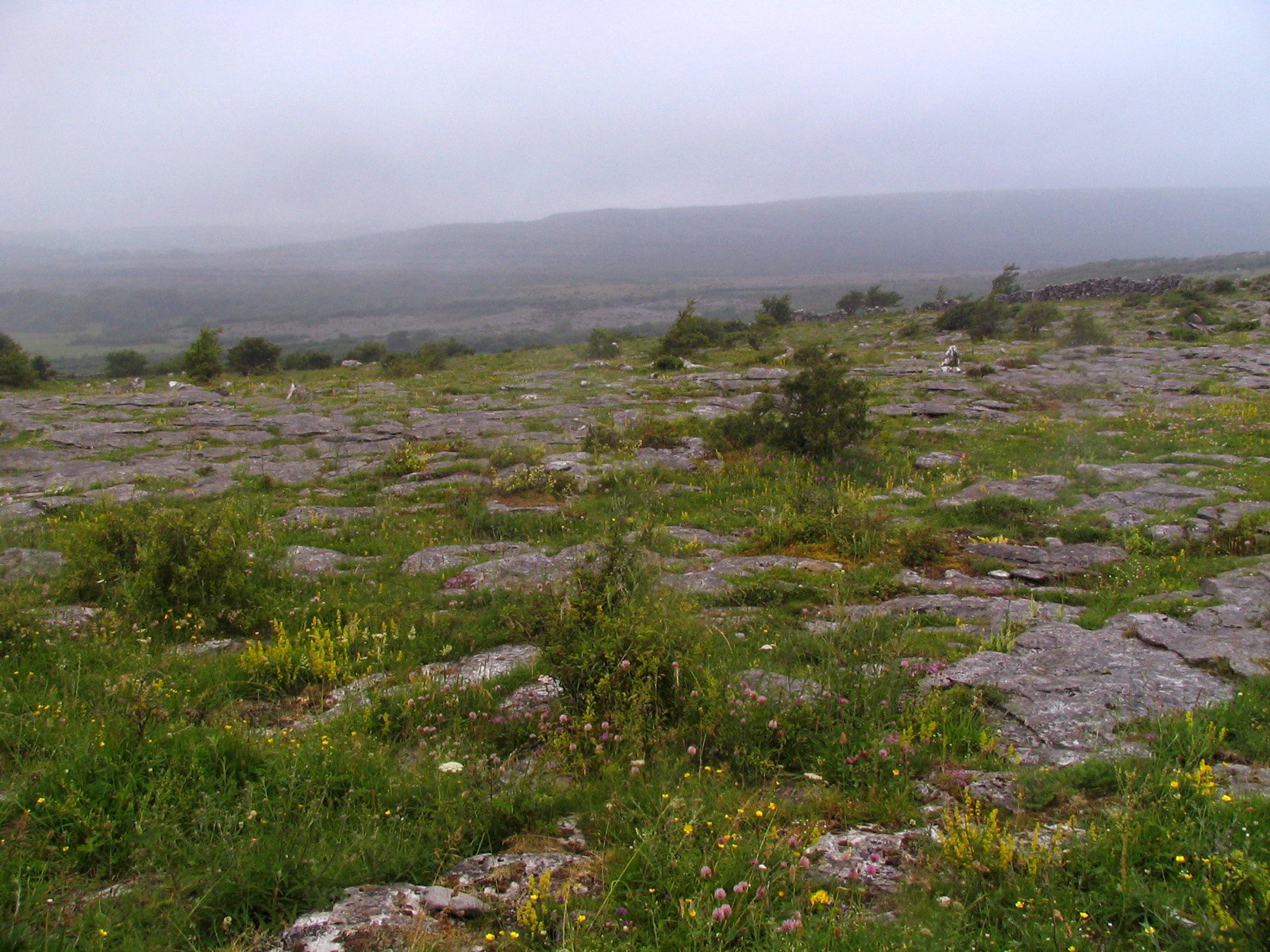
The Burren serves as a natural laboratory for studying climate change. The karst formations provide valuable data on past climate conditions, helping scientists understand how the environment has responded to changes over time. By analyzing the chemical composition of the limestone and the growth patterns of the plants, researchers can gain insights into how climate change might impact similar ecosystems in the future.
Karst Formations and Cultural Significance
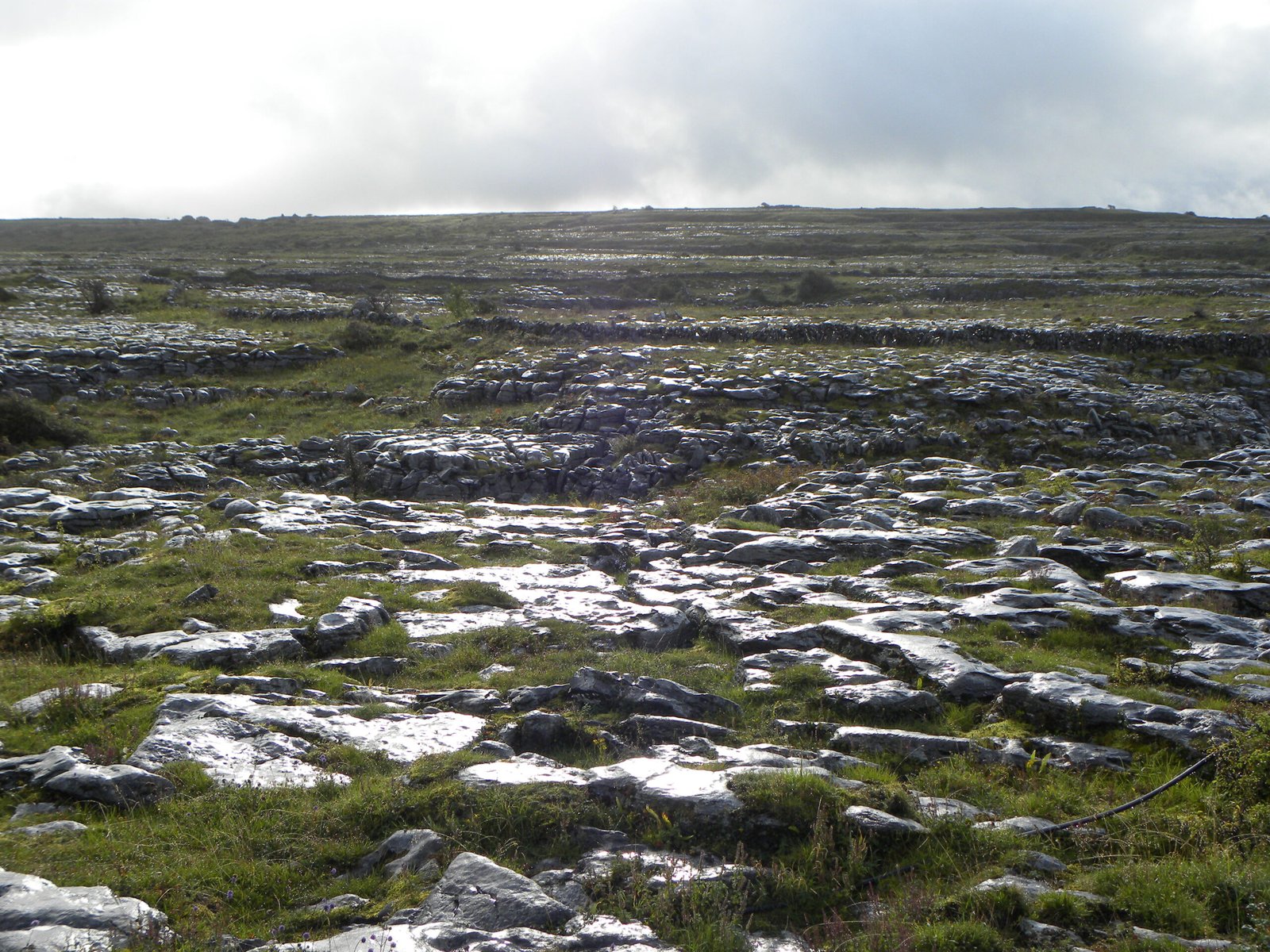
Beyond its scientific value, the Burren holds cultural significance for the people of Ireland. The landscape is steeped in folklore and history, with ancient tombs and stone circles dotting the terrain. These cultural landmarks are intertwined with the natural features of the Burren, creating a sense of connection between the past and the present. The karst formations have inspired stories and traditions, making the Burren a place where nature and culture coexist in harmony.
Challenges in Preserving the Burren

Preserving the Burren’s unique landscape is not without its challenges. The delicate balance of the ecosystem is threatened by factors such as tourism, agriculture, and climate change. Efforts to protect the Burren must address these pressures while respecting the needs of the local community. Conservation initiatives aim to promote sustainable practices and raise awareness of the importance of preserving this extraordinary landscape for future generations.
The Future of the Burren
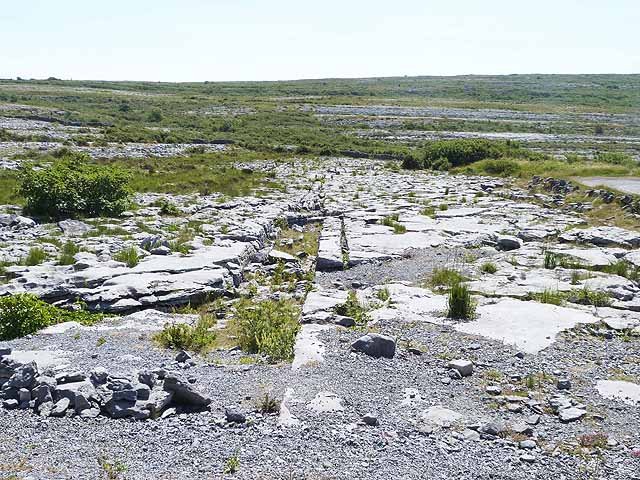
Looking to the future, the Burren faces both opportunities and challenges. Advances in technology and research offer new ways to study and protect this unique landscape. At the same time, the pressures of modern life continue to pose threats. The key to the Burren’s future lies in finding a balance between preservation and progress, ensuring that this alien landscape remains a source of wonder and inspiration for years to come.
A Call to Explore the Burren
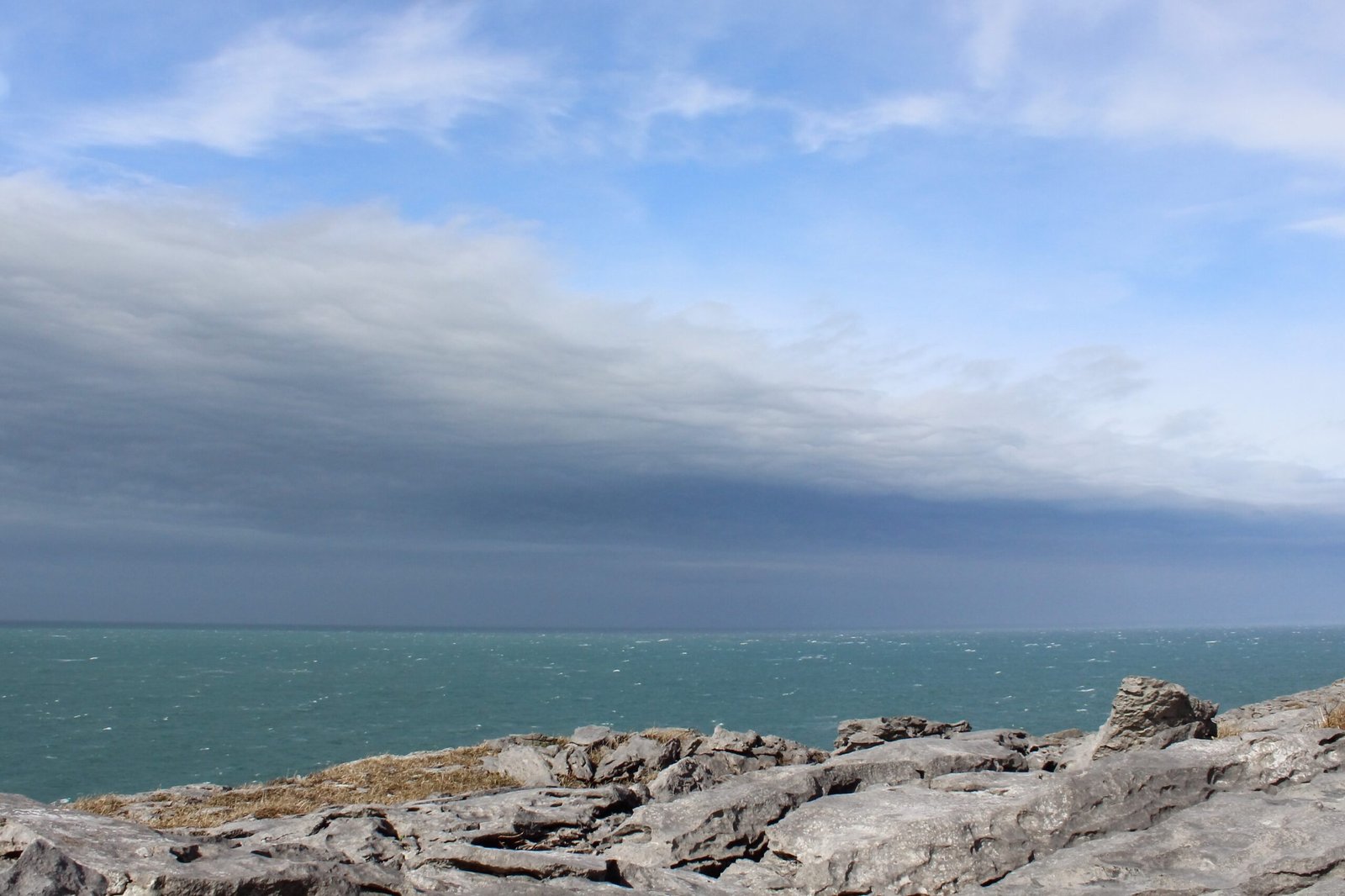
The Burren invites exploration and discovery, offering a chance to witness the wonders of nature and history firsthand. Whether you’re a scientist, a nature lover, or simply curious, the Burren has something to offer. As you walk among its karst formations and uncover its secrets, you’ll gain a deeper appreciation for the forces that have shaped this extraordinary landscape. So, are you ready to embark on your own journey to the Burren? What stories will you uncover in this alien world?


